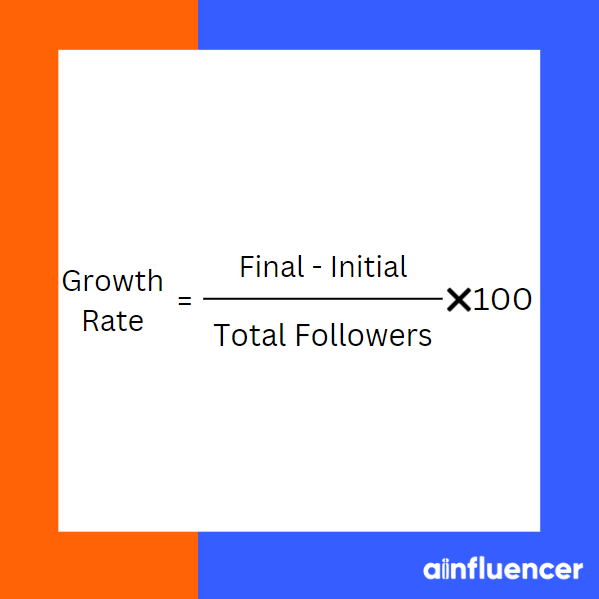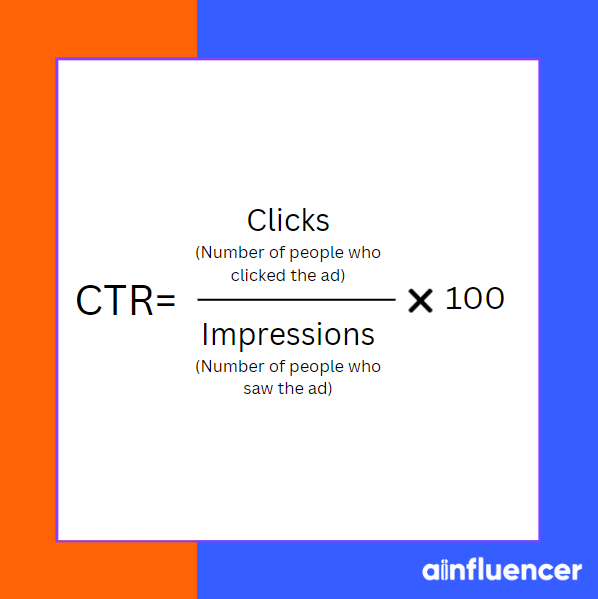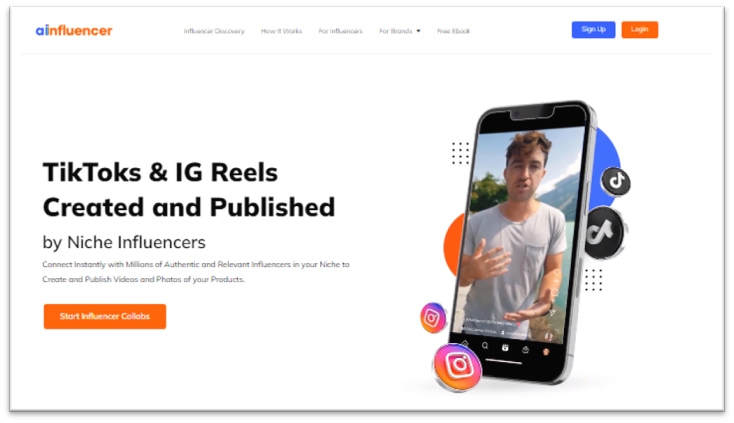With the rise of social media platforms, there is a new opportunity for brands and businesses to build a strong online presence. To run a successful page, it’s essential to set your goals and define social media metrics to track your performance. This way, you can measure and analyze your page for a better growth strategy.
In this article, we will introduce you to some of the best social media engagement metrics to track. No matter if you are running a business online or you are a creator who wants to know how to become an influencer, tracking your performance is the key to success.
What Are Social Media Metrics?
Every plan and strategy needs some metrics to analyze the performance, measure success, and enhance it. The same thing happens for social media campaigns and professional accounts. Social media metrics are data points that measure different aspects of your social media performance.
These metrics provide insights into how well your content is performing, how engaged your audience is, and how much money you can make from your social accounts.
Top Social Media Metrics To Track
Are you looking for new ways to grow your brand visibility and customers on social media? Here are some of the best social media reporting metrics you need to measure your growth.
1. Reach
Now that you know the importance of tracking social media metrics, let’s start the list with the simplest one. Reach is one of the easiest and most important social media metrics to track. It refers to the total number of unique users who see your content.
This metric shows your content visibility by people (followers and non-followers) on the platform. Make sure to check the followers and non-followers for planning your next strategies. If many non-followers are reaching your posts, it means you are in the algorithm. So, it’s a perfect time to start adding a call to action and run campaigns and promotions to attract them as followers.
2. Impression
Many users think that reach and impression are the same thing, but the truth is they are two different social media engagement metrics. Impressions represent the total number of times your content is played/viewed. It’s usually higher than the reach rate as some users might look at your post more than once.
The difference between reach and impressions shows that your content is engaging and sticky for them. So, pay attention to the difference between these two social media metrics and find the key to your success.
3. Video Views
If you are using platforms like TikYok or Instagram, you know how videos and reels can go viral with the help of trending TikTok hashtags and reel songs to grow your account. If you are creating videos on your account, one of the important social media reporting metrics you need to check is the number of your views.
Note: Make sure to check each app’s algorithm to find out the minimum watch time that counts as a view.
4. Engagement Rate
Almost every professional Instagrammer knows what engagement rate is and the importance of increasing Instagram engagement. However, engagement rate is one of the metrics for social media accounts on all platforms. Engagement rate measures the level of interaction users have with your content.
It includes likes, comments, shares, and other forms of engagement for each platform. Depending on the platform you choose, there are multiple ways to measure these metrics and the average rate is also different. Let’s take a look at the average engagement rates on top platforms measured by Social Insider.
- Instagram: 0.6%
- TikTok: 4.25%
- Twitter: 0.05%
- Facebook: 0.15%
5. Growth Rate
Now, let’s talk about some advanced social media marketing metrics starting with growth rate. Growth rate measures the number of followers you are gaining (or losing in some cases) over some time. It is usually measured new followers as a percentage of your total audience. So, in the first months of joining a platform, you will see a higher growth rate.

Measuring your growth rate is not difficult. You can start by choosing a time period and track the number of new followers you get during it. Then, divide it by the number of your total audience and multiply by 100.
6. Brand Mentions
As it’s obvious from the name, brand mentions represent the number of times your brand or business is mentioned by users on social media platforms. Other than social media platforms, make sure to check to review websites to see what customers are saying about your brand.
Monitoring brand mentions allows you to track your online reputation and see how often users talk about your brand.
7. Cost-per-click (CPC)
For professional users who run social media ads and ad campaigns, one of the important criteria for social media marketing is CPC. Cost-per-click measures the cost you pay per individual click on your social ad. There is no need to measure this metric yourself; the platform you are running your ad provides the analytics for you.
8. Click-Through Rate (CTR)
For professional brands and businesses, one of the most important tracking social media metrics to consider is click-through rate. Most social media platforms allow users to share links in their bio, captions, content, and other places to drive traffic to their website, other accounts, shopping pages, campaign pages, etc.
CTR measures the percentage of clicks on your content’s link or call-to-action (CTA). It can be a TikTok link in the bio button, a link from your campaign post, or from your social media shop to your website. In all cases, you can calculate CTR by dividing the total number of clicks for a post by the total number of impressions.

How To Earn Money From Your Social Media Accounts?
Now that you know top social media engagement metrics and the importance of tracking them for your growth, let’s talk about strategies for faster growth. Almost everyone knows who social media influencers are and the impact they have on their audience. As a business owner, you can collaborate with influencers in your industry, tap into their potential audience, and grow your account.
On the other hand, creators can also collaborate with brands in their niche to earn money from their content. But how can they find each other for partnerships? Ainfluencer is your solution! In simple words, Ainfluencer is an influencer marketing platform that connects brands and influencers of all sizes for running partnerships and campaigns.

No matter what niche you are in, you can definitely find your best collaboration match on Ainfluencer. With powerful search filters (based on budget, hashtags, location, social media marketing metrics, etc.) and a vast network of active influencers (more than 500,000 creators), it only takes a couple of minutes to run collaborations.
Conclusion
Social media metrics are powerful tools that provide valuable insights into your online performance and audience engagement. By tracking and analyzing these criteria, you can optimize your social media strategy, connect better with your audience, and achieve your marketing goals.
In this article, we’ve introduced you to some of the best metrics for social media marketing that you need to check as a professional. No matter what platform you use, tracking these metrics weekly or monthly can help your account.
FAQs
It’s recommended to track social media metrics regularly, preferably weekly or monthly. Consistent monitoring helps you identify trends and make timely adjustments to your strategies.
Absolutely! Social media metrics offer valuable demographic and behavioral data about your audience, allowing you to tailor your content to meet their preferences and needs.
To improve your CTR, focus on creating compelling and relevant content, use clear and enticing CTAs, and experiment with different posting times to find the optimal engagement period.
While metrics are crucial for evaluating success, they should be viewed in conjunction with your overall marketing objectives and brand goals. Social media metrics provide a quantitative assessment, but qualitative factors like brand perception and customer feedback are equally important.

![Read more about the article Best Shopify Alternatives in 2024: [Free & Paid]](https://blog.ainfluencer.com/wp-content/uploads/2024/01/featured-300x182.jpg)



![Read more about the article Shopify Collabs Review in 2024: [Is It Safe?]](https://blog.ainfluencer.com/wp-content/uploads/2024/01/shopify-collabs-featured-300x182.jpg)



